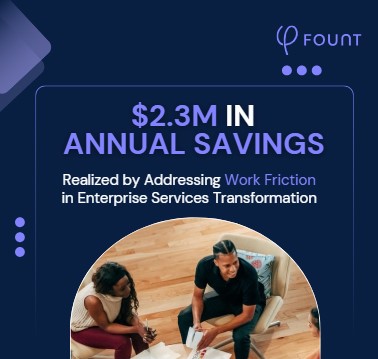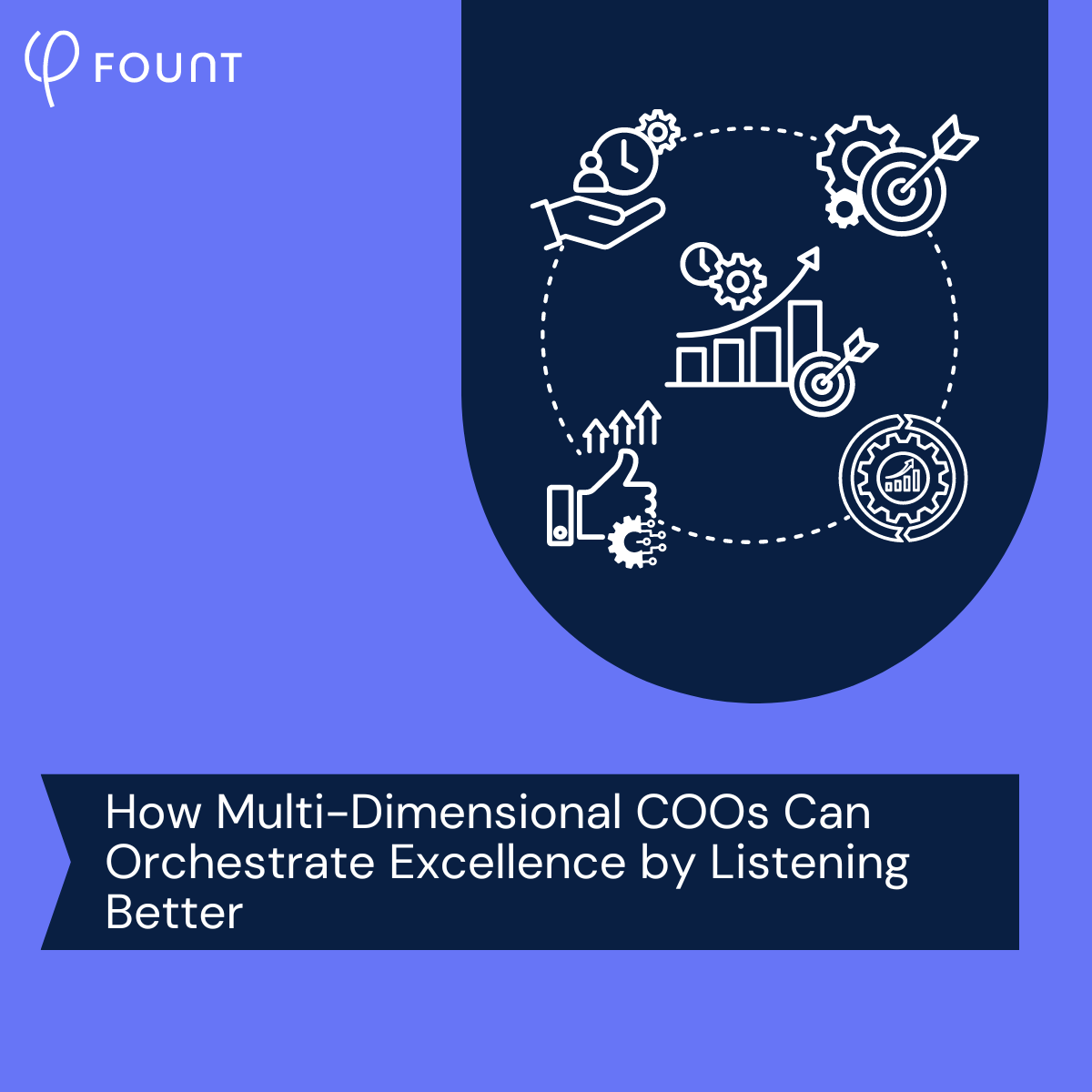Table of Contents
Spoiler Alert: Apple TV’s Severance Is a Warning About Work Friction
A summary of the details of the article will go here.
We’ve written before about the nefariousness of the Sunday Scaries. But it’s one thing for three out of four workers to report experiencing dread before the start of their workweek. It’s another for workers to want to surgically sever their experiences at work from who they are outside of the workplace.
If that action sounds extreme, it’s because it is. But such hyperbole is the engine that drives the plot to the widely-acclaimed streamer, Severance. Briefly: the show follows employees of fictional Lumon Industries who agree to the “severance” program, through which they’re paid to undergo a surgery that separates work memories from non-work memories.
One reason Severance resonates? Employees are unhappier at work than they’ve ever been. At FOUNT we call the reason for that reality work friction.
The fact is, tempting though it may be to try and “fix” employees’ feelings – not to mention removing them from the equation altogether – it’s a misstep that simply causes more problems. So how can leaders know what can be fixed? Read on…
Management Historically Takes a Head-in-the-Sand Response to Work Friction
Let’s start with a key finding from the recent State of Employee Experience Study: people with the most influence over work friction tend to take the least responsibility for it.
Fewer than one-third of managers, it turns out, own actions that create better workplace experiences for their employees. Often, they simply assume someone else will address the issue. It’s a head-in-the-sand approach that makes work worse for everyone.
Employees who experience a lack of managerial empathy – much less practical support – often feel forced to “hack” their workplace experiences just to complete core tasks (more on that below). What’s more: they tend to withdraw (remember the hubbub around “quiet quitting” throughout 2022), miss shifts,, – and eventually leave altogether. The result: wasted energy and money.
When managers neglect to take responsibility for how employees experience work, it creates environments that fail to support good work. Again, the result is wasted employee effort and a worse bottom line.
The fictional managers in Severance, however, take a more underhanded, troubling approach. They don’t just fail to take responsibility for the workplace they oversee. Rather, they eliminate all potential responsibility for how their employees experience work.
It’s a terrible tactic. And the premise has roots in reality…
Employee Hacks Make Work Worse Than It Has to Be
The titular medical procedure in Severance makes it impossible for employees to remember their workdays. On the surface, this is the ultimate workplace hack. Work is no longer a lived experience. And so, the thinking goes, nothing can create bad experiences of work.
If a tree falls in a forest (or a computer crashes in an office), so to speak…
But ignoring problems fails to resolve them. And hacked solutions only make work worse. Still, according to Gartner, two-thirds of employees spend about two hours per day determining how to work around obstacles that prevent them from completing their basic job functions. That’s a tremendous amount of wasted time. Even if employees didn’t remember the time they wasted on hacks, inefficiencies would continue to weigh them down.
So what can be done? Talk to employees and collect the work-friction data that supports better moments at work.
Work Friction Data Helps Highlight Systemic Challenges
We work in a world where the most critical workplace challenges are increasingly systemic. In fact, according to W. Edwards Deming, only six percent of problems in the workplace are attributable to individuals. Yet it’s individual employees who most often bear the brunt of workplace issues. Even if the “solutions” management expects of them aren’t as outlandish as corporate-sponsored brain surgery.
Employee monitoring, for example, is often seen as a way to boost productivity. Token advancement is believed by some to “promote” diversity. Additional training, in turn, is assigned to streamline leadership and decision-making.
But monitored employees who feel micromanaged are likely to be less motivated. One employee’s promotion doesn’t broaden skills and perspectives throughout the organization. And critical thinking is a competency that shouldn’t be relegated to one-off training.
Most importantly, there’s no one-size-fits-all approach that can sufficiently improve organization-wide employee well-being. And the most effective management strategy in one industry may not perform as well in another.
Rather than dictating solutions to individual employees, ask employees about what prevents them from achieving their goals. Then use these answers to develop solutions that directly address those individual moments of work.
In other words, lead with curiosity to help address the systems that prevent employees from doing their best work. It turns out: this will help you build a higher-performing corporate culture overall.
Work Friction Wears Away at Employee Well-Being
According to the Deloitte Well-being at Work Survey, employee well-being is troublingly low. And though too few in leadership step up to own this issue, those who do often find they don’t know where to start.
Solicit data about work friction, however, and you can smooth out the path toward a healthier, more productive workplace.
Want to discuss how you can get the data that will help root out work friction in your workplace? Get in touch.
Related Resources
See all News
Insights
Breaking the False Tradeoff in GBS: Efficiency vs. Experience

Events
LIVE Webinar – July 9th for SSON Network. Beyond AI Hype: How to De-Risk Your GBS Transformation with Friction Data

Insights
To Create New Value, GBS Leaders Need Different Data
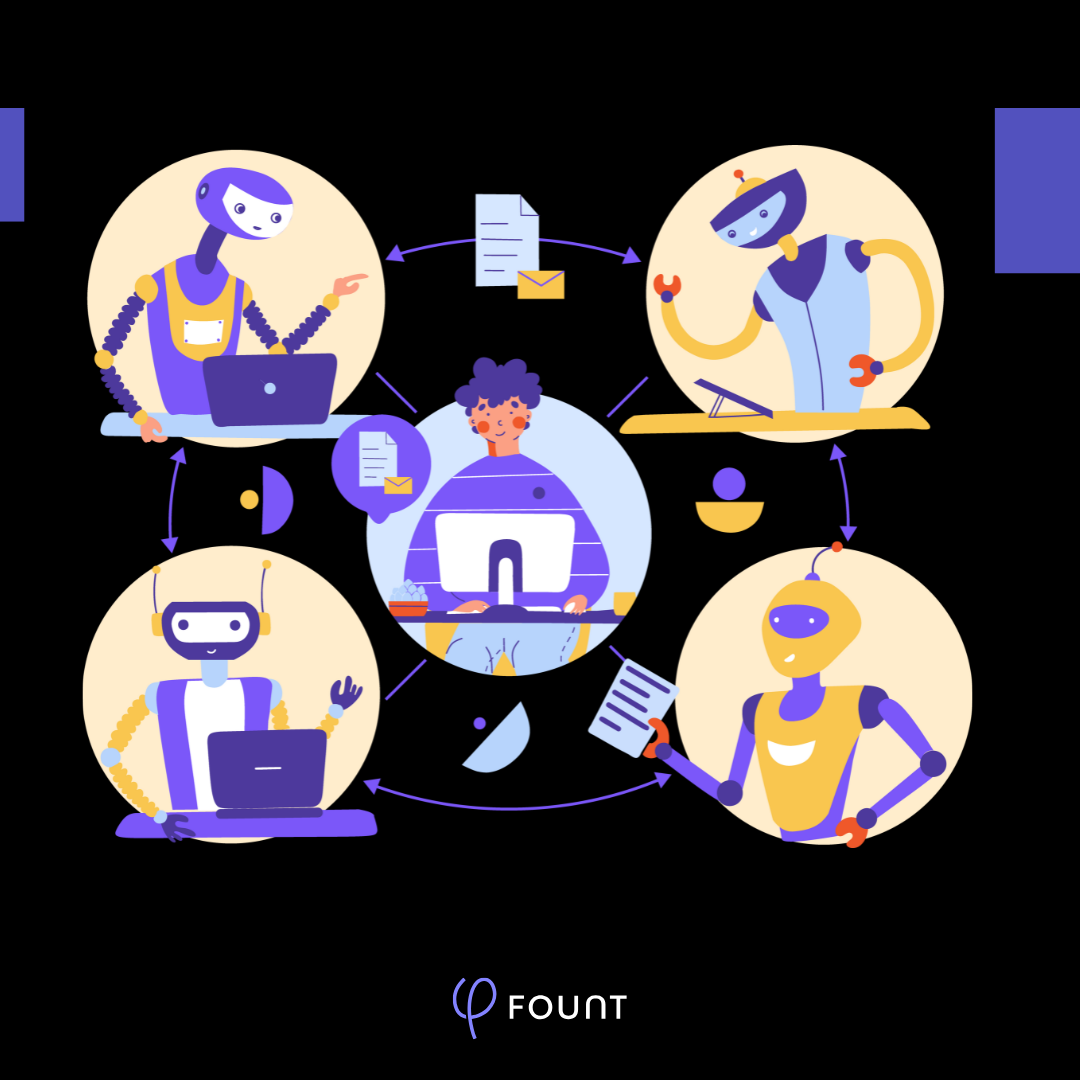
Insights
How to Keep Up with the Latest AI Developments
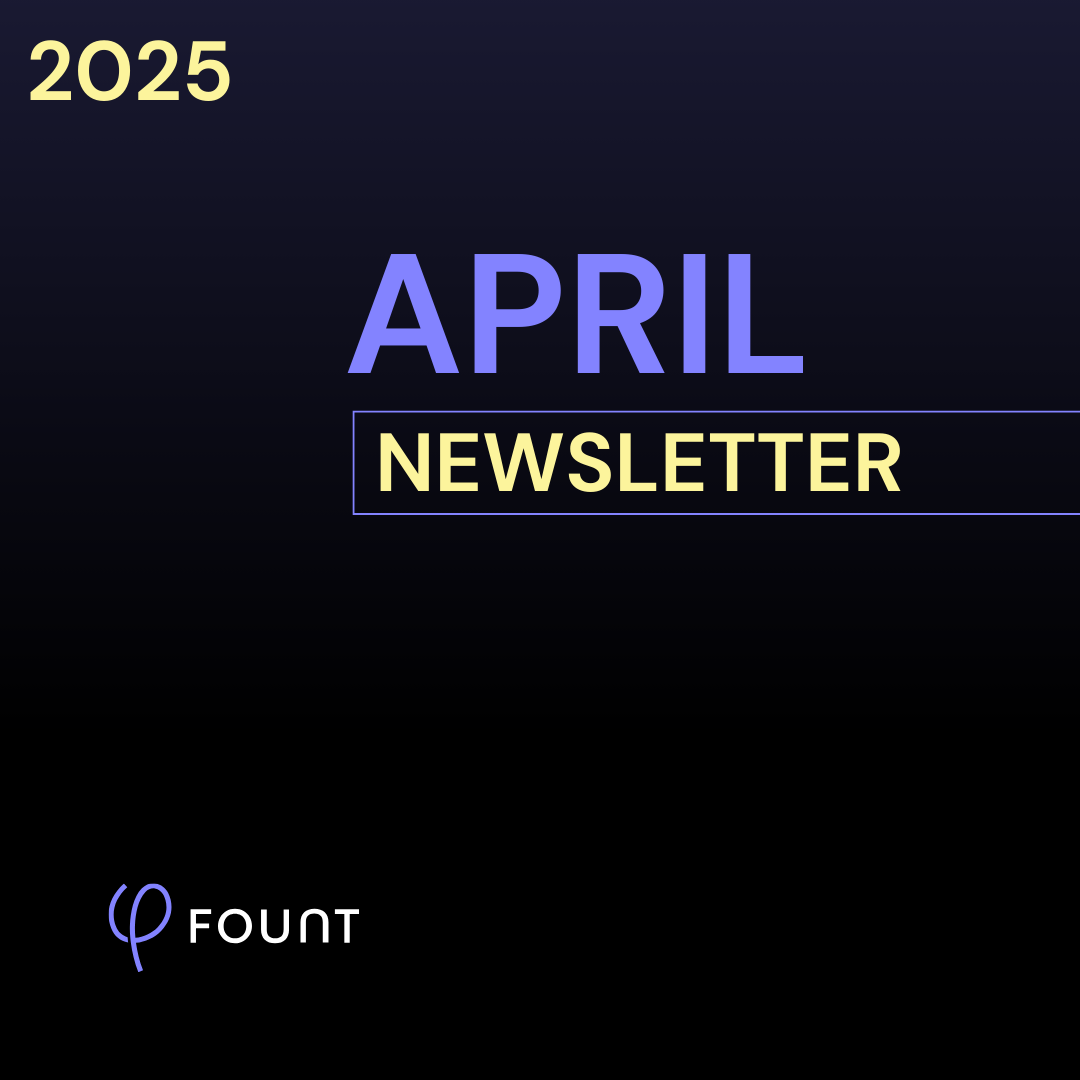
Insights
APRIL Newsletter. Friction: You Can’t Improve What You Can’t See

Guest Post
AI is Reshaping the HR Operating Model: Here’s What 15 Leading Companies Discovered
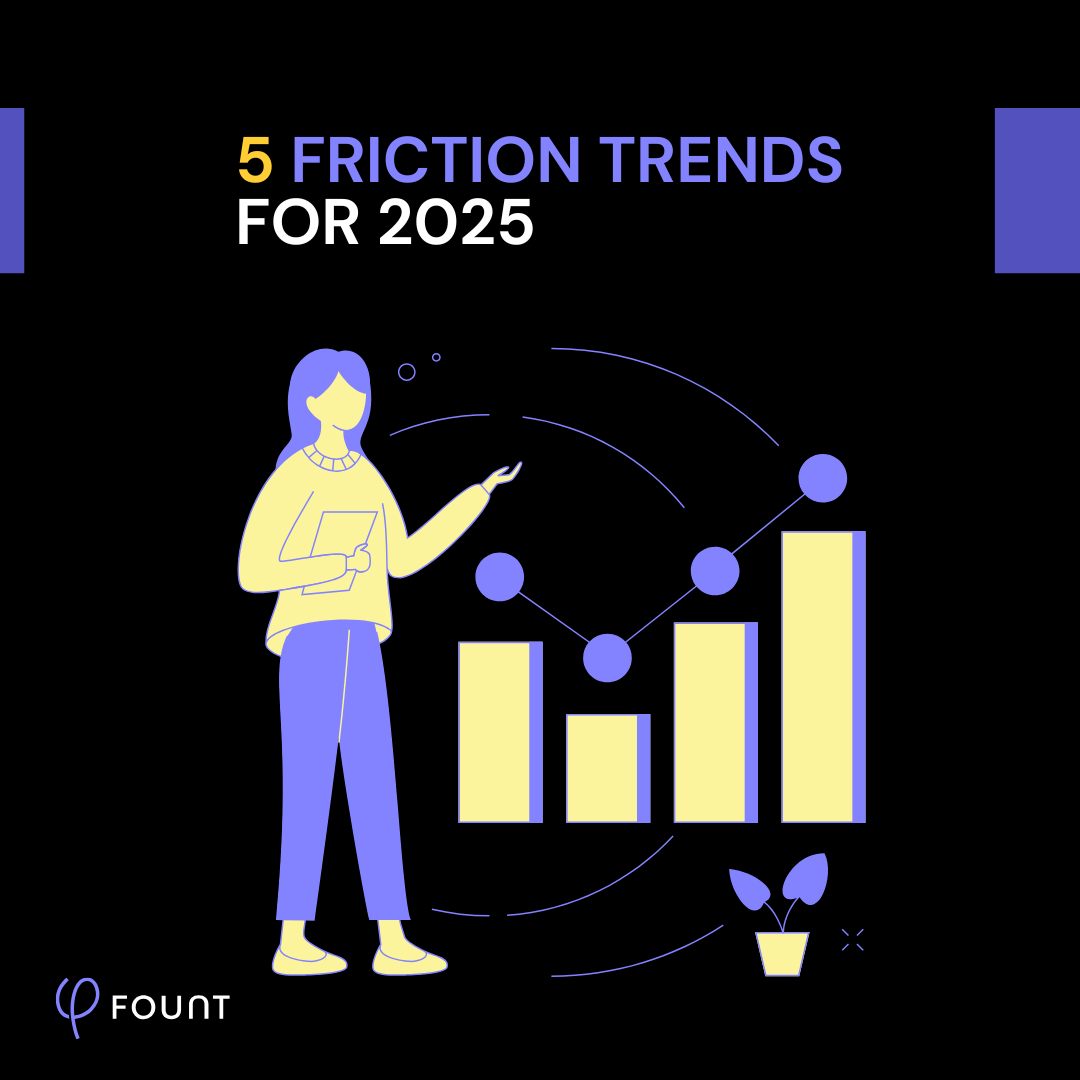
Insights
5 Friction Trends for 2025
Research
WHITEPAPER: Work Friction
